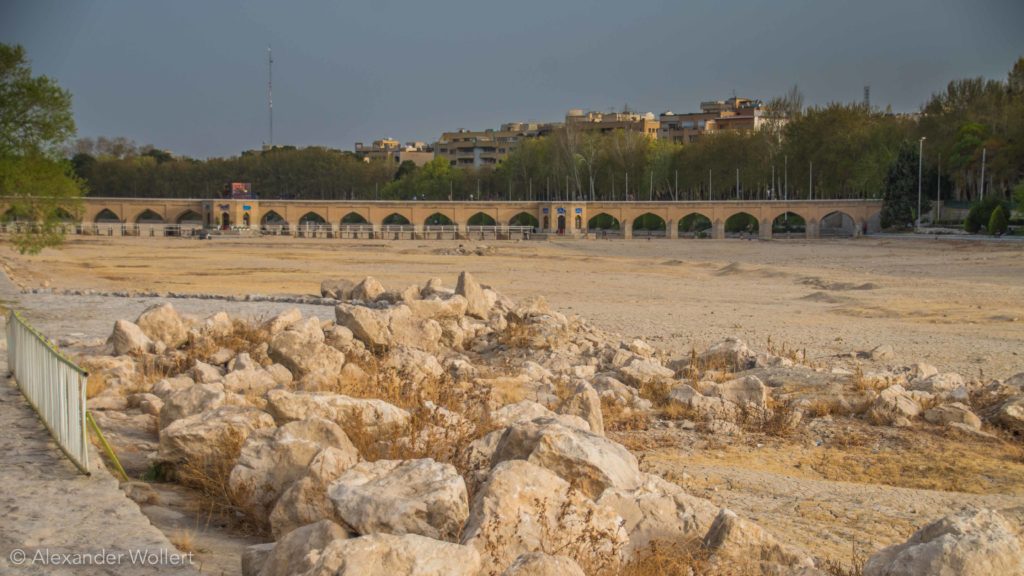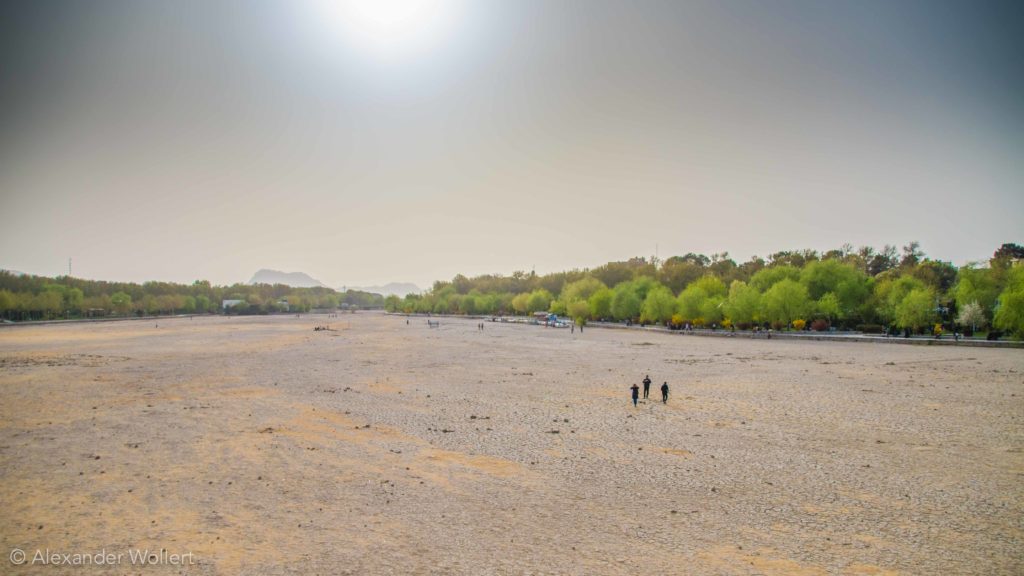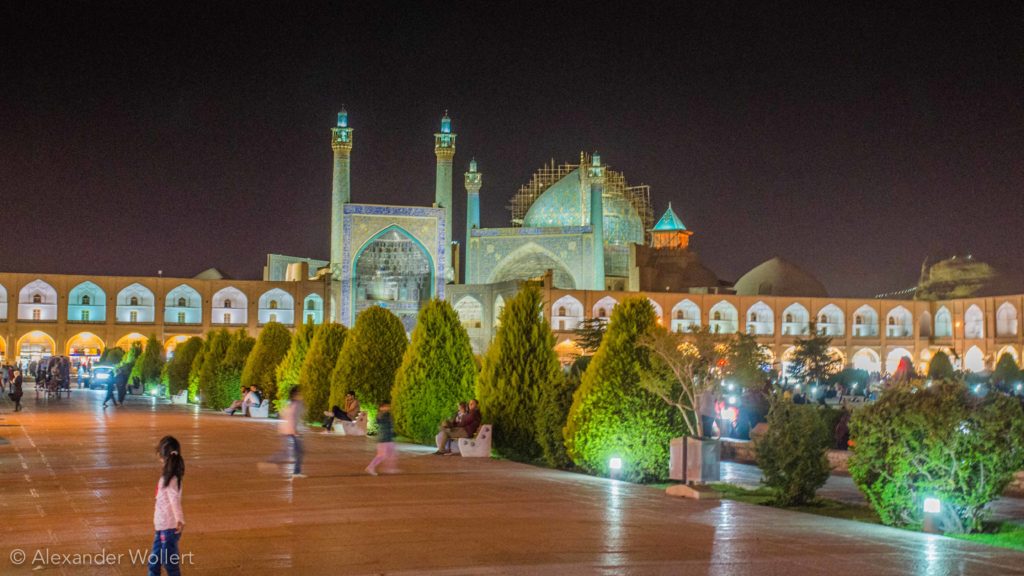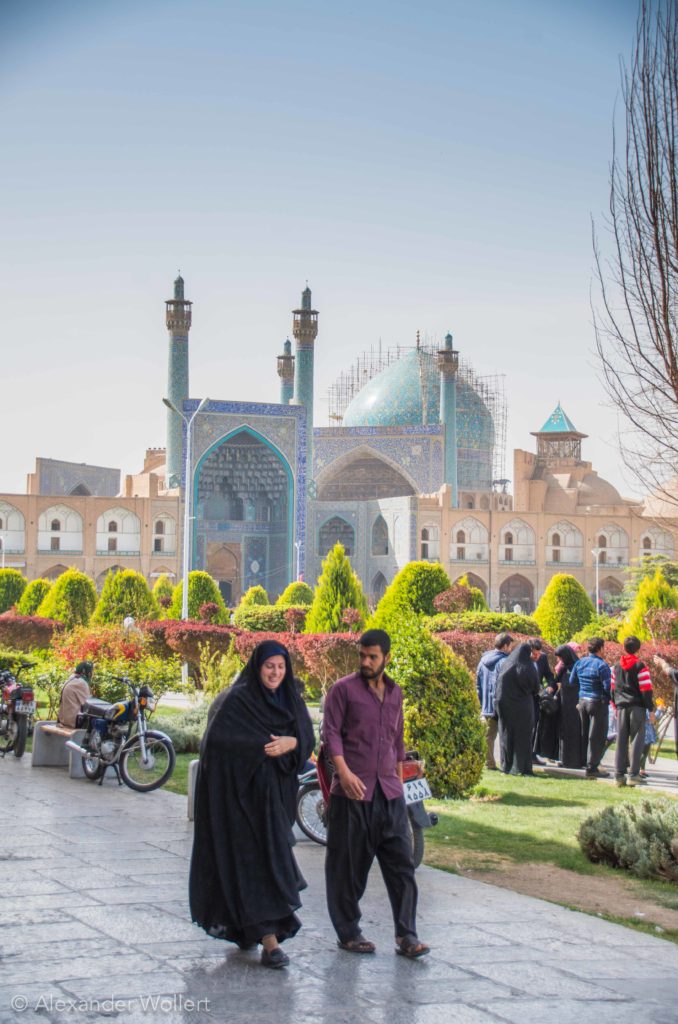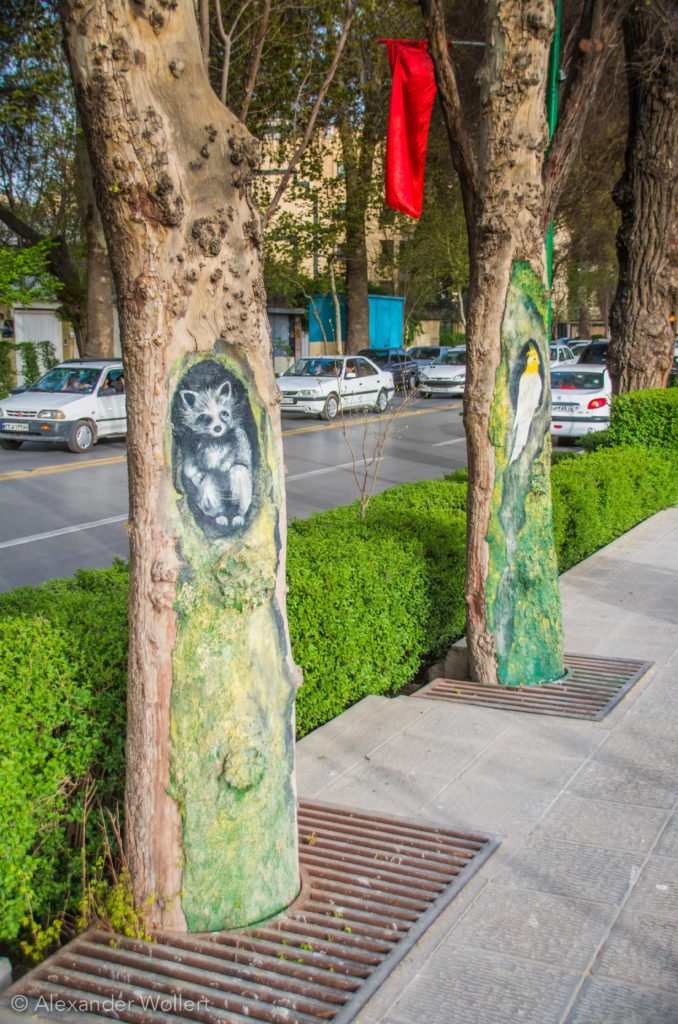Diary Entry
My Persian friend Sina, who lives in Cologne, invites us to his parents in Esfahan, where we are allowed to stay for five days. The city is very crowded and it takes us some time to make it through the traffic to the distant outskirts until we are welcomed in the impressive villa.
The senior couple has lived in Germany for many years and they enjoy practicing the language with us, while they offer us a big meal of Fesenjan for dinner.



After breakfast and the exchange of a lot of stores, their friend and driver Achmedi takes us to downtown. We visit an old Hammam, which is like all other bathhouses unfortunately only a museum now, because the government closed them right after the Islamic revolution. While we are visiting, we witness a theater play, which presents us the way of how this place looked like in earlier times.







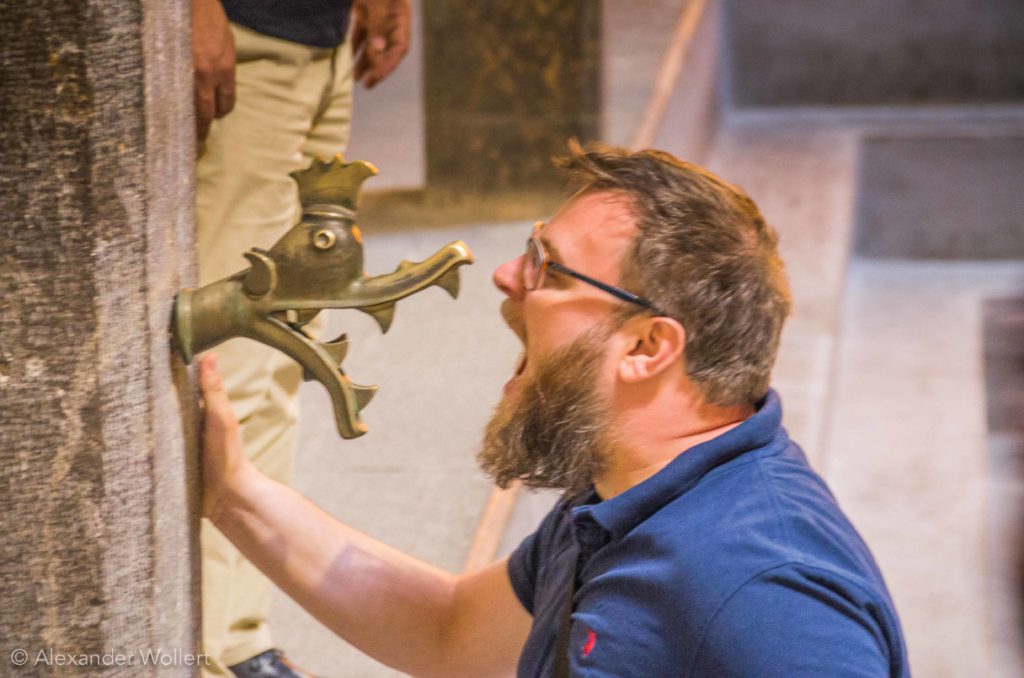
Our next tourist spot is the Chehel Sotoun palace. Because of the Nowruz holidays, there are many events in the city. The people are on vacation and visit their families or other cities. The palace is crowded with Iranians. My travel guide book told me that Iran is a place to visit any time of the year, except for Nowruz time. We enjoy this time and don’t bother for the local tourists, since we still are the only Western tourists.
We get to know Amir from Hammedan, who visits the palace with his family from Esfahan. Young girls, dressed in traditional cloths, give free explanation to the paintings in the main hall of the palace. Amir is so kind to translate her knowledge about the artworks about wars with Indians, Turkmens and Ottomans for us.






I do not make as many pictures from the palace because so many people want to take selfies with us. Again, a group of Kurdish people joins us and asks us to join them for a picture.
For the first time, we also meet other Western tourists.
The main attraction of Esfahan is the main square Naqsh-e Jahan. Only the Tian’anmen square in Bejing is greater than this one. Our approach to make a turn around the square takes many hours, because frequently people stop us, who want to make selfies with us.

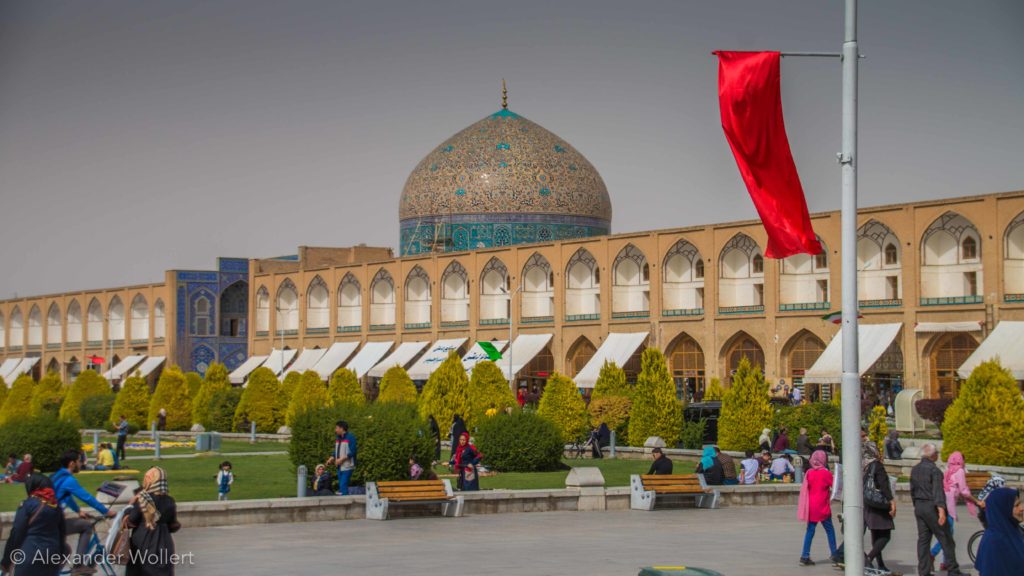
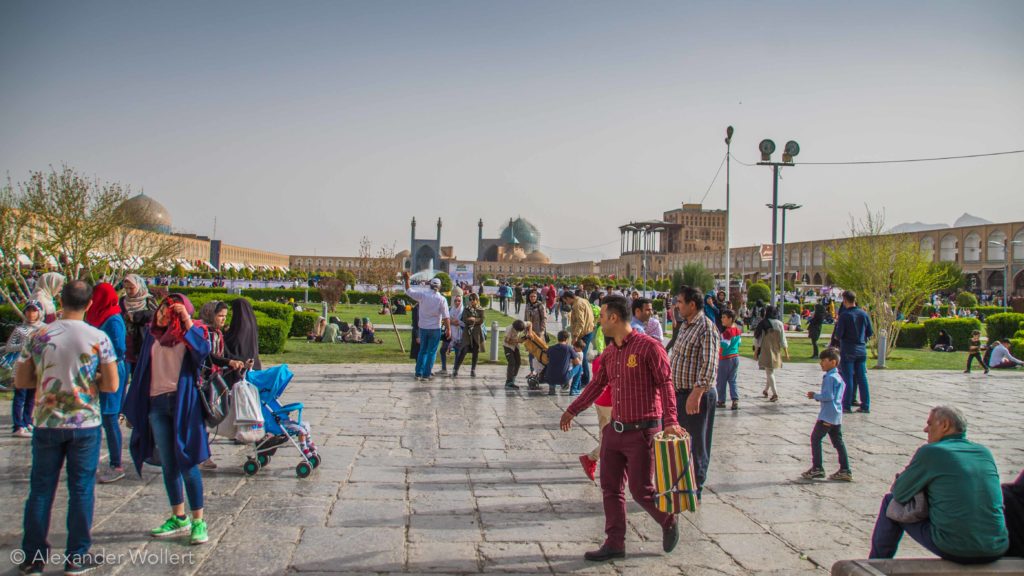
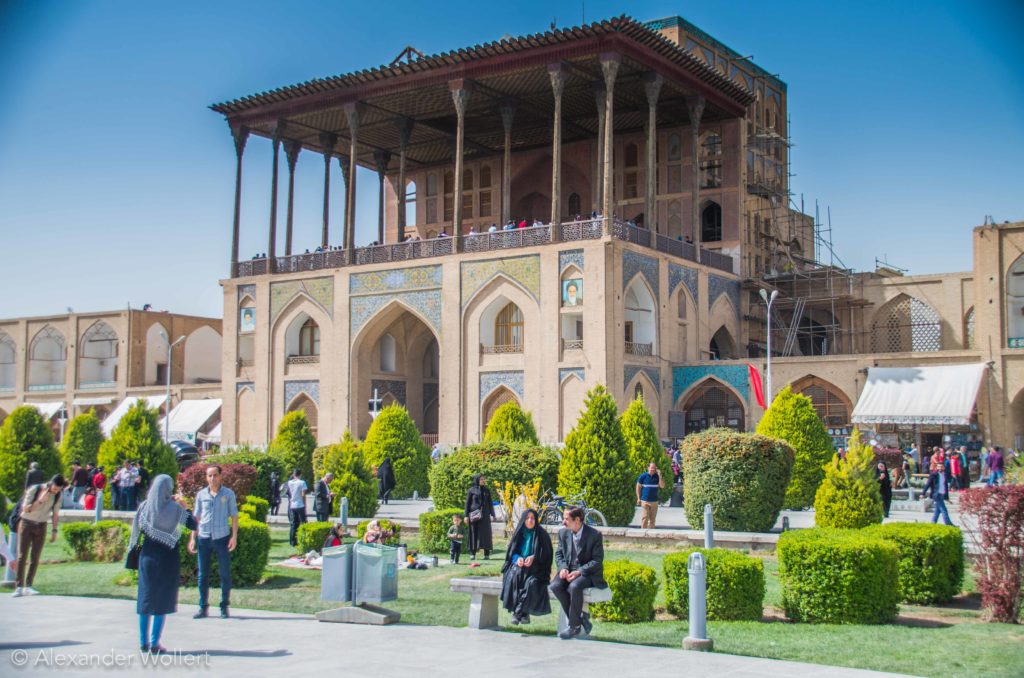


A man invites us to his shop. He is very special, because he introduces himself as Don Camillo, the figurative character from the old Italian movies, where a little priest scotched the stupid plans of the town’s mayor Peppone. In fact, this guy looks exactly like Don Camillo. His shop is interesting, too. They produce fine fabrics and stamp beautiful pattern on them.
More interesting, however, is the photo wall of celebrities that visited that shop already. Among many others, we find ex-chancellor Gerhard Schröder, the politician Sigmar Gabriel and the actor Jan Joseph Liefers. Politicians from the Netherlands and Belgium were also present.


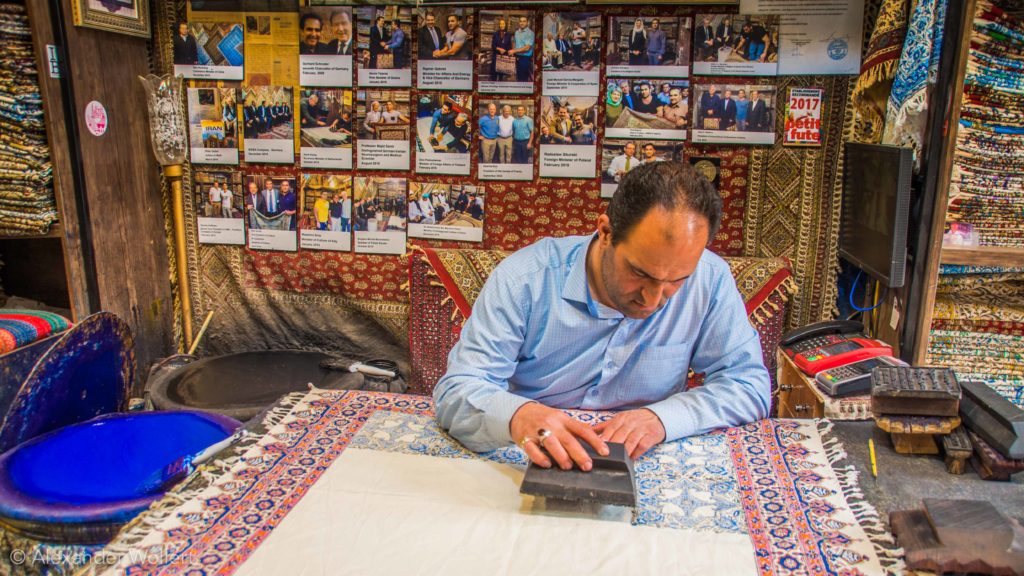

To get around in the city we are happy to be able to use the app Snap. Our friends in Tabriz already introduced us to it and it is simply the Persian adaption of Uber.
We do not depend on any taxis and we do not have language problems with it, so we know, what we pay and the driver knows, where exactly we want to get to.











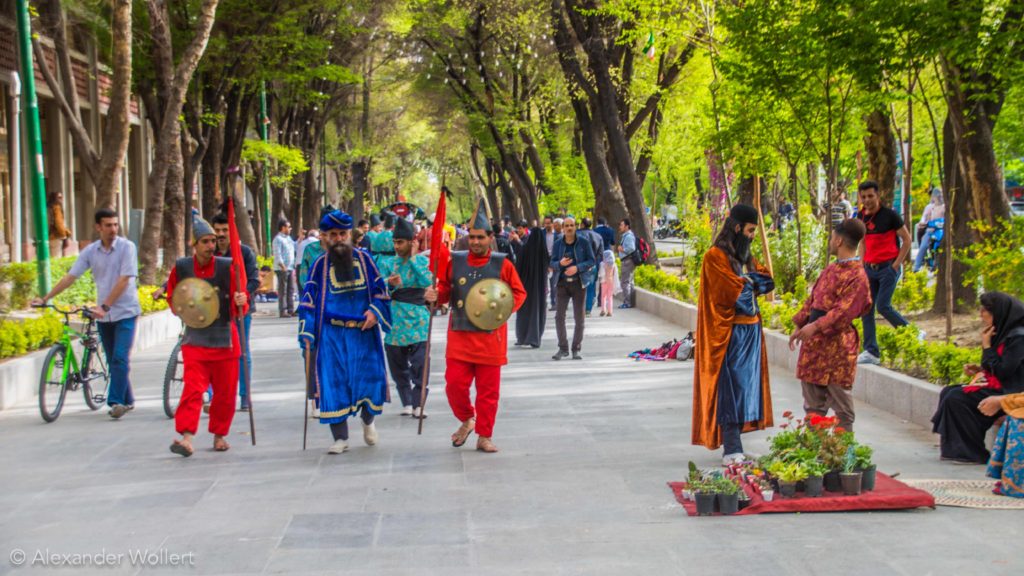








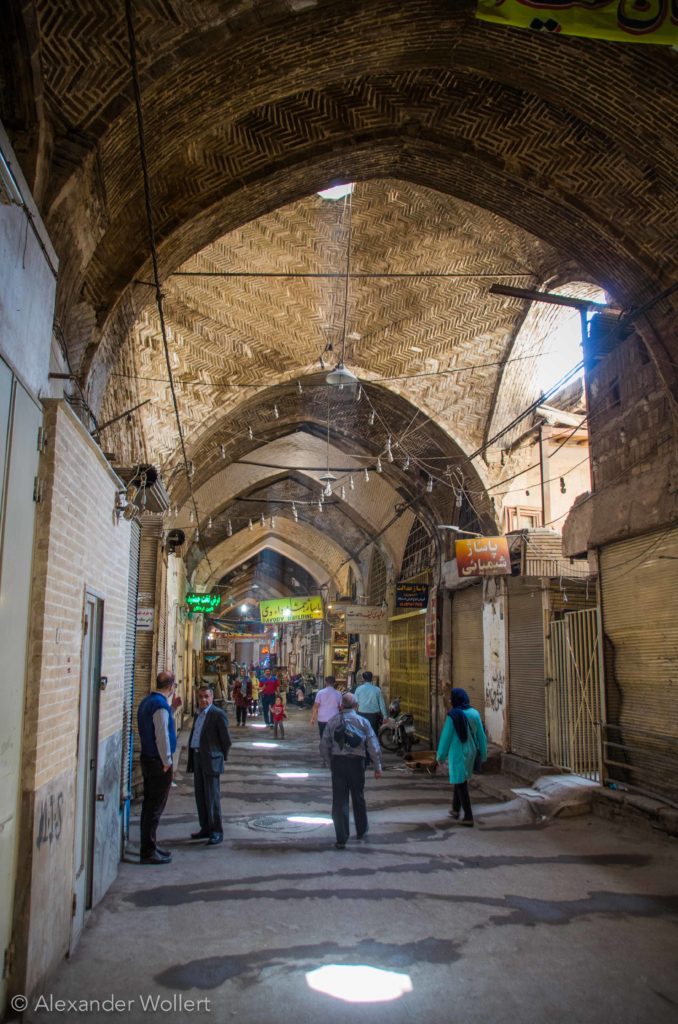


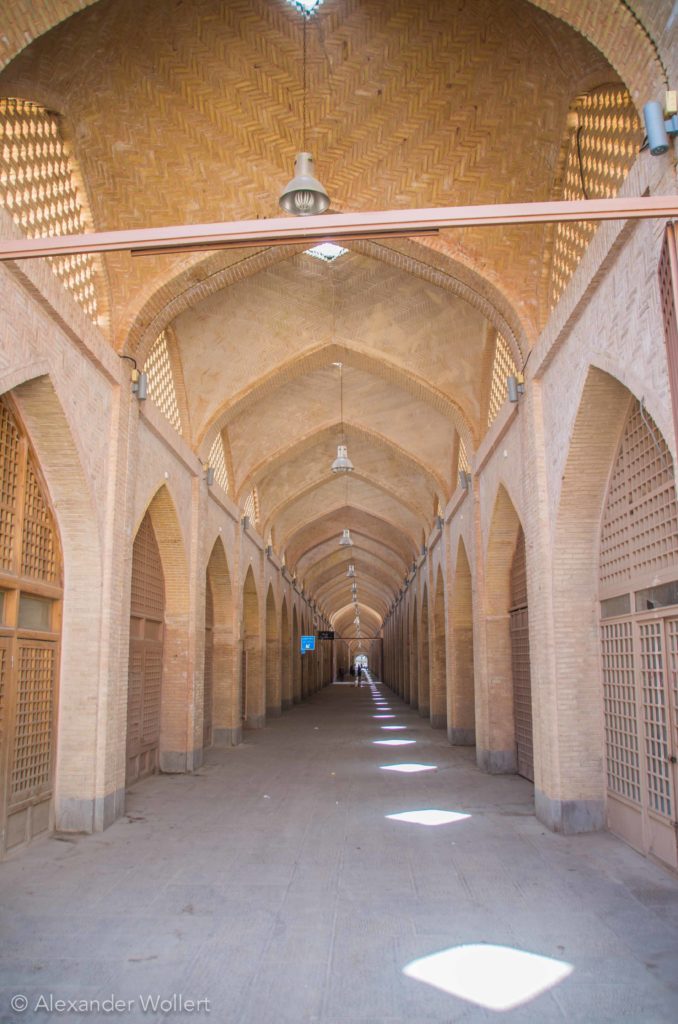





The next day we spend again on the Naqsh-e Jahan and the near Bazar. We visit the Lutfulla and the Jameh mosque.
We learn to appreciate the Shabestan, which is the resting area of a mosque. We often sit there to relax.
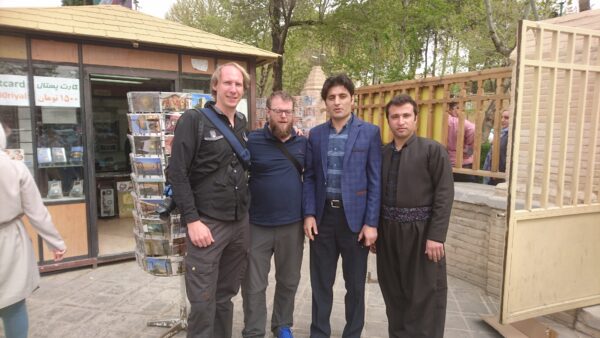
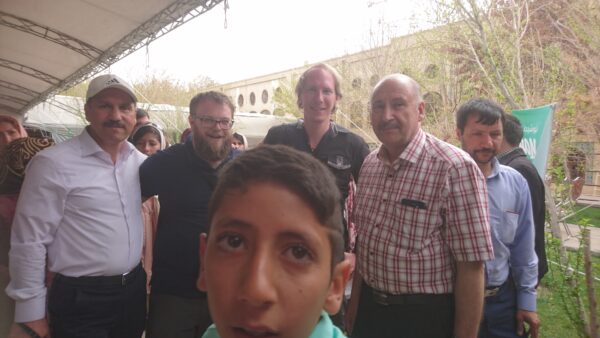

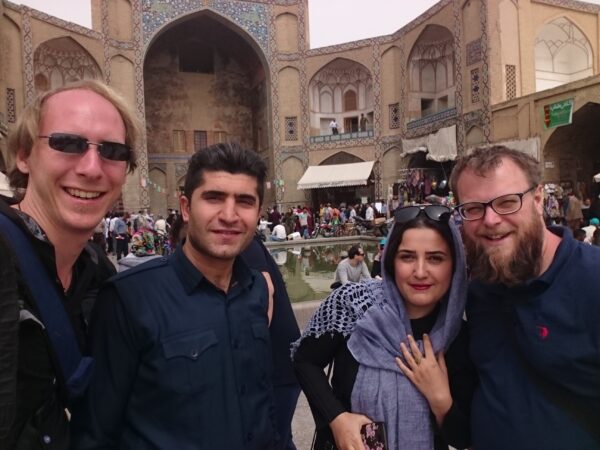









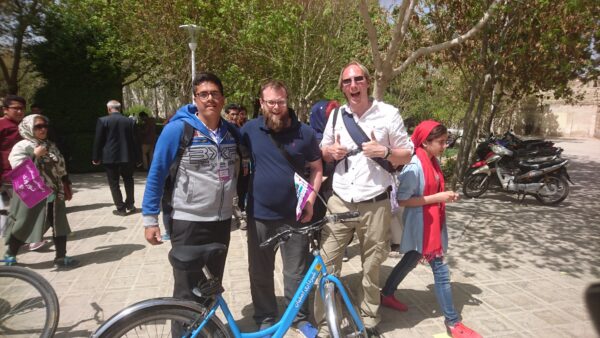



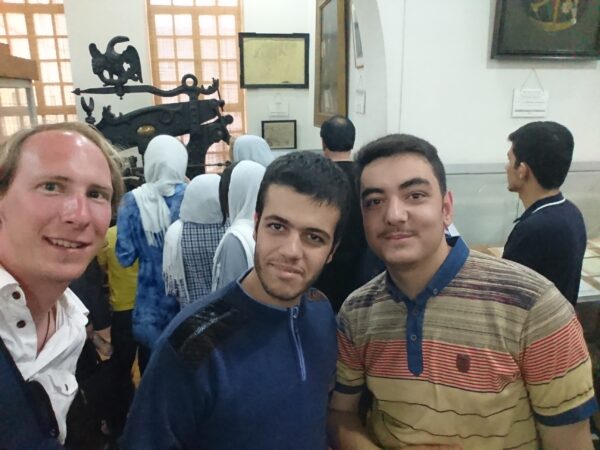
The Armenian quarter of Esfahan is famous. In fact, many cities are home to Armenian Christians and they are appreciated by the Iranians.
There are many tourists, but we hardly make it through the museum, because people start queuing to make pictures with us.





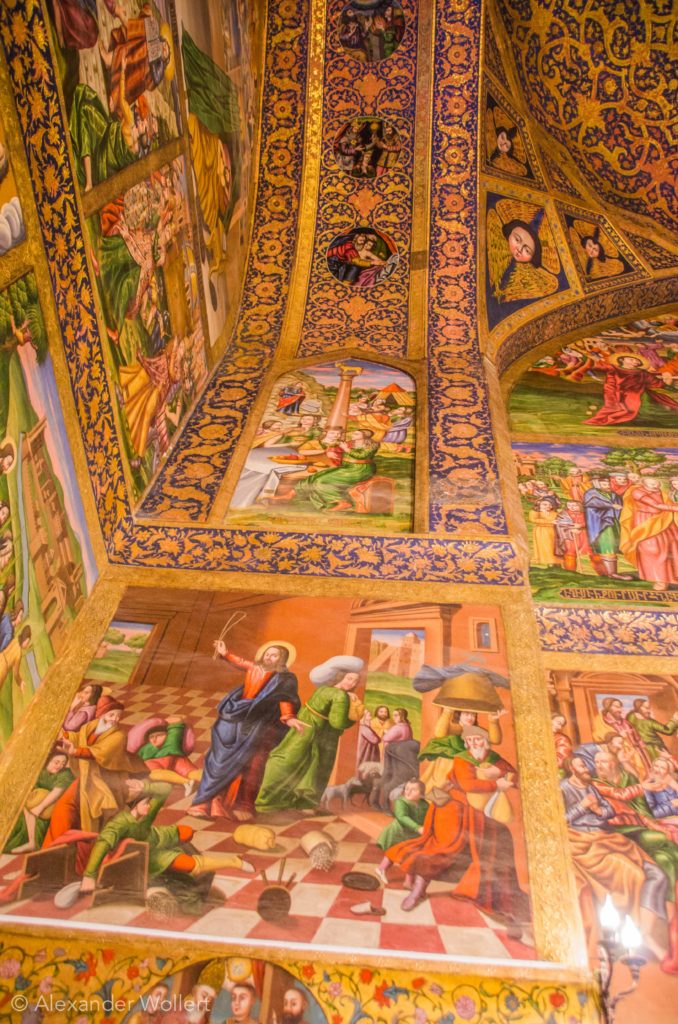

We meet the young lady Aram, a student in Esfahan, who shows us around the bazar. She shows us local traditional food, for example Biriyan (which is a dish made of lung. Yes. Lung), and Gaz, which is very similar to Turkish Delight. She leads us to Khaju Bridge, one of the many famous bridges of Esfahan.
The river is dry, unfortunately, since the government decided to redirect the river. The illumination is stunning, though, and in the night, this is the place, where young people dare to meet, play music and hang out.


